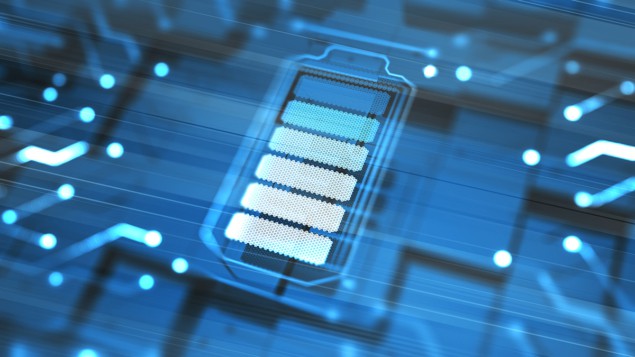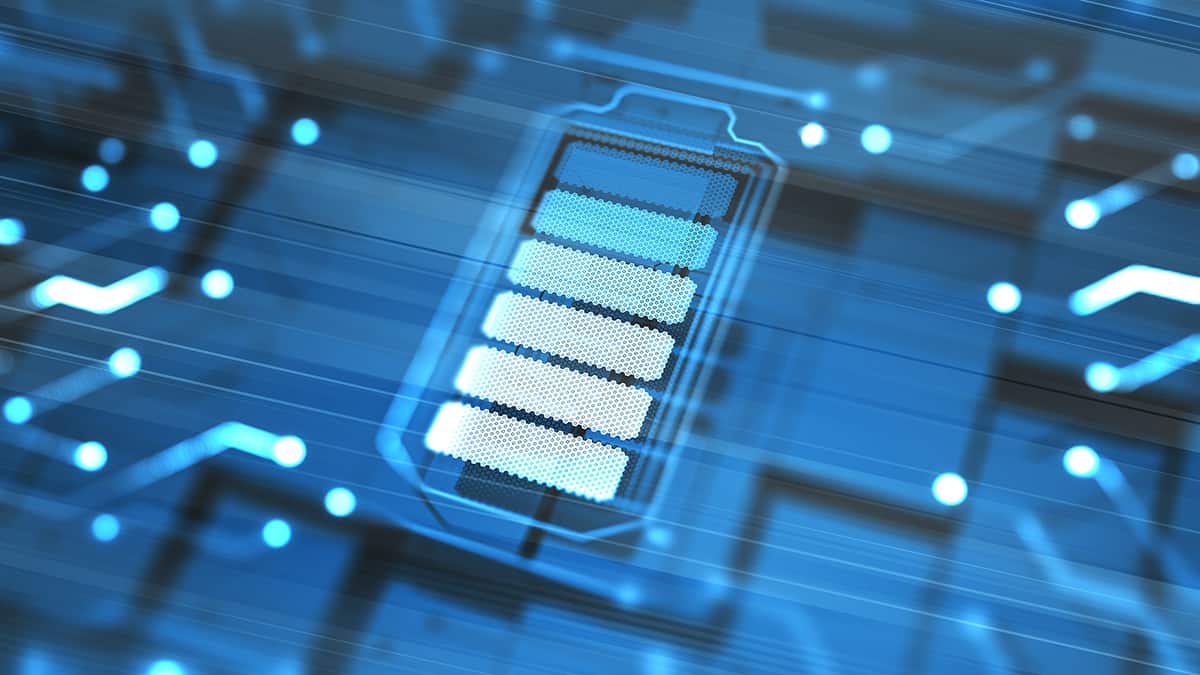
As temperatures fall below freezing, lithium-ion batteries cannot hold as much charge, so they do not recharge very well. Researchers from China’s Jiaotong University say they have now overcome this problem by replacing the traditional graphite anode in these devices with a “bumpy” carbon-based material. The new structure maintains its rechargeable storage capacity down to -20°C, allowing it to be used in cold environments such as those found at high altitudes, in aerospace applications, and for deep-sea exploration, as well as in other electric vehicles that need to work in extreme conditions.
Lithium-ion batteries are widely employed in applications ranging from mobile phones to electric vehicles. These devices have a high capacity and high energy density, which means they can store a lot of charge very quickly. During charging, lithium ions move from the cathode to the anode though an electrolyte, which is usually made from a lithium salt dissolved in a liquid organic solvent. At temperatures close to zero degrees Celsius, however, the anodes in these devices can fail to transfer any charge – a phenomenon known as severe capacity degradation.
Modified anode surface structure
Researchers recently discovered that the flat orientation of graphite in the lithium-ion battery anode is responsible for decreasing the battery’s energy storage capacity at cold temperatures. In the new work, a team of researchers led by Wang Xi of Jiaotong University’s School of Physical Science and Engineering and Jiannian Yao from the Beijing National Laboratory for Molecular Sciences therefore chose to modify the surface structure of this anode in an attempt to improve the energy transfer process in the electrode.
To make their new “bumpy” material, Wang, Yao and colleagues began by heating a cobalt-containing zeolite material, called ZIF-67, at high temperatures. This creates a surface made of 12-sided carbon nanospheres that has a positive curvature, like a bowl. The material has a reversible capacity – a measure of a battery’s capacity after many cycles – of 624 mAh/g at -20°C, which is equivalent to 85.9% of its room-temperature energy capacity. Even at -35°C, the reversible capacity was still retained at 160 mAh/g after 200 cycles.
Extending the range of applications for Li-ion batteries
The researchers’ calculations revealed that the newly bumpy surface, in effect, wakes up the sluggish behaviour of the Li-ion anode at low temperature thanks to the local accumulation of charges that occupy non-coplanar sp2 hybridized orbitals. These accumulated charges facilitate the charge-transfer process.

Sandwich strategy makes solid-state lithium battery last longer
“This work could extend the range of applications for Li-ion batteries at low temperatures,” Wang says. “From the theoretical perspective, the idea would be to build a bridge between the low-temperature performance of Li+ storage and its geometry through the electronic structure, which may open up new research avenues for advanced electrode materials,” he tells Physics World.
The researchers admit that the new anode is far from optimized and that there are many unknowns still to be solved. “We are of course seeking cooperation from other laboratories to further expand the practicality of this work,” says Wang.
They detail their study in ACS Cent. Sci.
